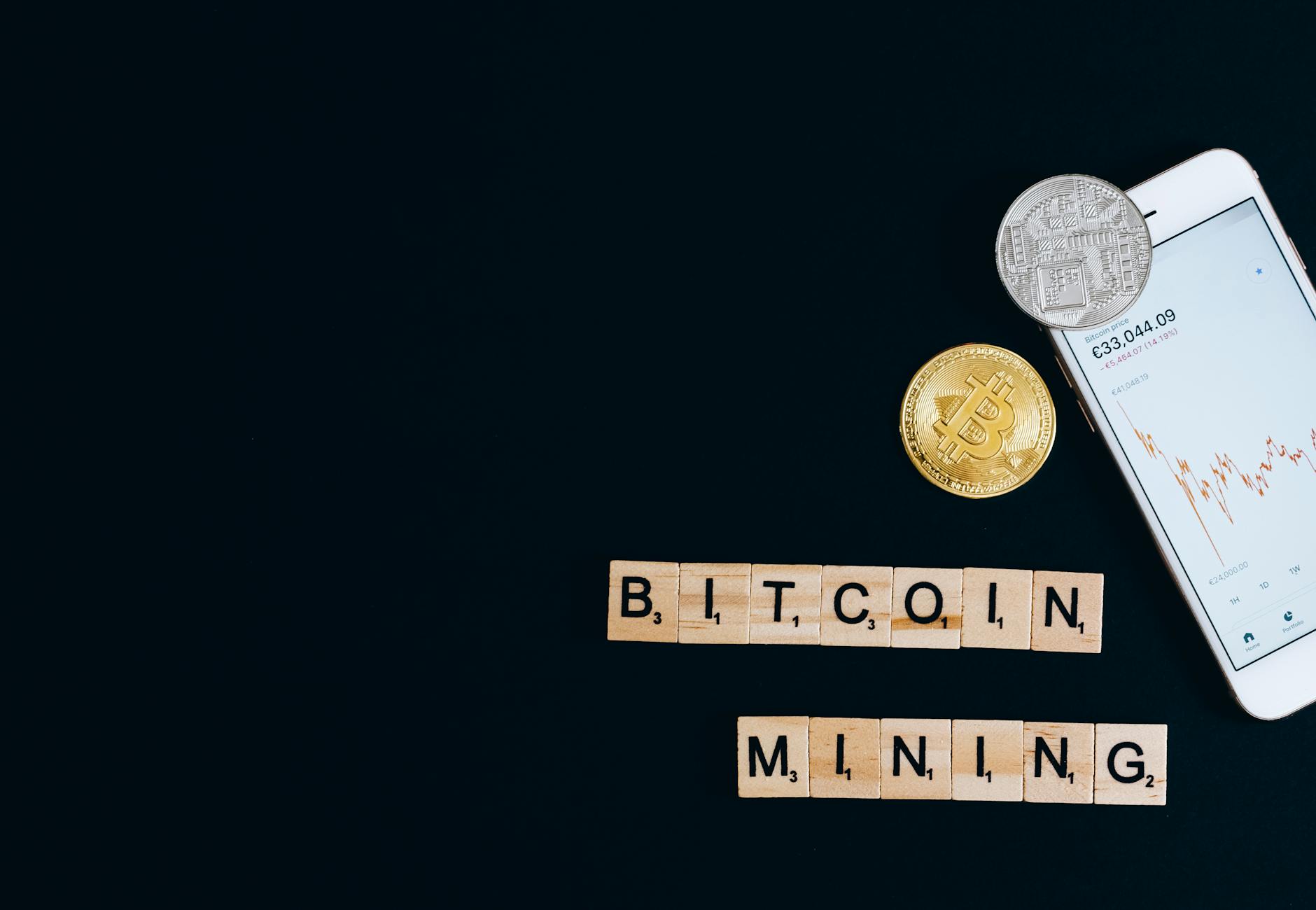FTX stakes 125M Ethereum, Solana funds: Will creditors see their payouts?
- Get link
- X
- Other Apps

📌 FTX Staking $125M in ETH & SOL: Are Creditors Getting Paid or Played?
A Troubled Past: The FTX Collapse and Recovery Efforts
In 2022, the crypto world was rocked by the collapse of FTX, a leading exchange and hedge fund. The ripple effects were felt globally, leaving countless creditors in financial limbo. Since then, the focus has been on recovering assets and compensating those who lost out. FTX has initiated several rounds of repayments to creditors, signaling progress—or so it seems.
The initial distributions offered a glimmer of hope. In February, $1.2 billion was distributed, followed by a more substantial $5 billion allocation in May. These moves were presented as a concerted effort to make creditors whole, but recent developments have cast a shadow of doubt over the entire recovery process.
The Staking Controversy: Arkham's Alarming Discovery
🔗 Arkham Intelligence, a blockchain analytics firm, has ignited controversy by revealing suspicious on-chain activity linked to FTX and Alameda wallets.
According to Arkham's data, $45 million worth of SOL was staked by FTX Cold Storage, while Alameda-linked addresses deposited $80 million in ETH into Figment, an institutional staking provider.
This raises serious questions: are these actions in the best interest of creditors, or is FTX prioritizing other objectives? Are funds really earmarked for customers—or is there more happening behind the scenes?
This discovery has sparked outrage in the crypto community, especially given the timing: just weeks before a scheduled $1.9 billion creditor repayment. The central question posed by Arkham is hard to ignore: “Aren’t they supposed to be paying their customers back with that?”
Market Impact Analysis: Altcoin Pullback and Investor Sentiment
💰 The broader altcoin market is experiencing a pullback, with the total crypto market cap excluding Bitcoin (TOTAL2) dropping nearly 4.7% from its recent peak of $1.49 trillion to around $1.40 trillion. This correction reflects growing selling pressure and short-term exhaustion among altcoins. The timing of this pullback, coinciding with the FTX staking controversy, adds another layer of uncertainty to the market.
From a technical standpoint, the chart indicates a rejection from the local highs after encountering resistance near the 1.5T level. While the overall structure remains bullish, the recent retracement suggests that investors are taking profits and potentially losing faith in the recovery process.
Key Stakeholders' Positions: Creditors in the Crosshairs
The key stakeholders in this situation are the creditors, who have been waiting patiently for repayments. However, transparency remains limited, and concern is rising about the fairness and efficiency of the distribution process. According to FTX creditor Sunil Kavuri, many creditors, particularly those in China and other flagged jurisdictions, will “nearly certainly” be excluded from the upcoming round of distributions.
It’s also important to consider the perspective of FTX, now operating under the FTX Recovery Trust and FTX Trading. Their actions—staking assets instead of liquidating them—suggest a longer-term strategy, potentially aimed at maximizing the value of the remaining assets. However, this strategy comes at the expense of immediate repayments to creditors and could further erode trust.
| Stakeholder | Position | Impact on Investors |
|---|---|---|
| FTX Recovery Trust | Staking assets for potential long-term gains. | Delays immediate payouts, raises concerns about priorities. |
| Creditors | Seeking fair and timely repayment of funds. | Frustration with delays, lack of transparency. |
| Arkham Intelligence | Highlighting potentially questionable on-chain activity. | 👥 📈 Increases scrutiny, prompts investor caution. |
📌 🔑 Key Takeaways
- FTX is staking significant amounts of ETH and SOL, raising questions about their commitment to immediate creditor repayments. This could signify a shift in strategy towards long-term asset appreciation versus immediate liquidity.
- The altcoin market is experiencing a pullback, potentially fueled by the FTX controversy and overall market uncertainty. Investors should be wary of increased volatility.
- Transparency remains a significant issue, as many creditors are concerned about the fairness and inclusivity of the distribution process, particularly those in specific jurisdictions.
- Over $4.3 billion in claims are still under dispute, indicating that the final resolution of the FTX bankruptcy is far from over. This introduces additional uncertainty for creditors and market participants.
- The actions of key stakeholders, including FTX and regulatory bodies, will significantly impact the future of the recovery process and investor sentiment.
The current situation presents a precarious balancing act between FTX's long-term asset management goals and its immediate obligations to creditors. I predict increased scrutiny from regulatory bodies and a potential push for greater transparency in FTX's handling of remaining assets. It's becoming increasingly clear that simply allocating funds is not enough; the perception of fairness and equitable distribution is crucial for restoring confidence in the crypto market. The $4.3 billion in disputed claims will likely be the focal point of upcoming legal battles, with the outcome significantly impacting the final payouts and overall resolution process. Will FTX prioritize long-term value or placate creditors demanding immediate relief? The answer will shape the future of creditor repayments and potentially the viability of other distressed crypto firms.
- Monitor on-chain data related to FTX and Alameda wallets to track asset movements and potential liquidity events.
- Diversify altcoin holdings and reduce exposure to assets heavily reliant on overall market sentiment.
- Stay informed about legal proceedings and regulatory announcements concerning the FTX bankruptcy case, as they may directly impact creditor payouts and market stability.
- Consider hedging altcoin positions with Bitcoin or stablecoins to mitigate downside risk during periods of heightened volatility.
⚖️ On-Chain Analysis: The process of examining blockchain data to gain insights into transaction patterns, wallet activity, and overall network health. It’s a key tool for understanding fund flows and identifying potential market movements.
🏦 Staking: The process of locking up cryptocurrency holdings to support the operations of a blockchain network in exchange for rewards. Institutional staking involves larger firms offering these services to institutions holding crypto assets.
— Warren Buffett
Crypto Market Pulse
August 1, 2025, 19:30 UTC
Data from CoinGecko
| Date | Price (USD) | Change |
|---|---|---|
| 7/26/2025 | $3723.05 | +0.00% |
| 7/27/2025 | $3742.43 | +0.52% |
| 7/28/2025 | $3864.12 | +3.79% |
| 7/29/2025 | $3786.30 | +1.70% |
| 7/30/2025 | $3788.60 | +1.76% |
| 7/31/2025 | $3807.42 | +2.27% |
| 8/1/2025 | $3696.66 | -0.71% |
| 8/2/2025 | $3536.31 | -5.02% |
▲ This analysis shows ETHEREUM's price performance over time.
This post builds upon insights from the original news article, offering additional context and analysis. For more details, you can access the original article here.

